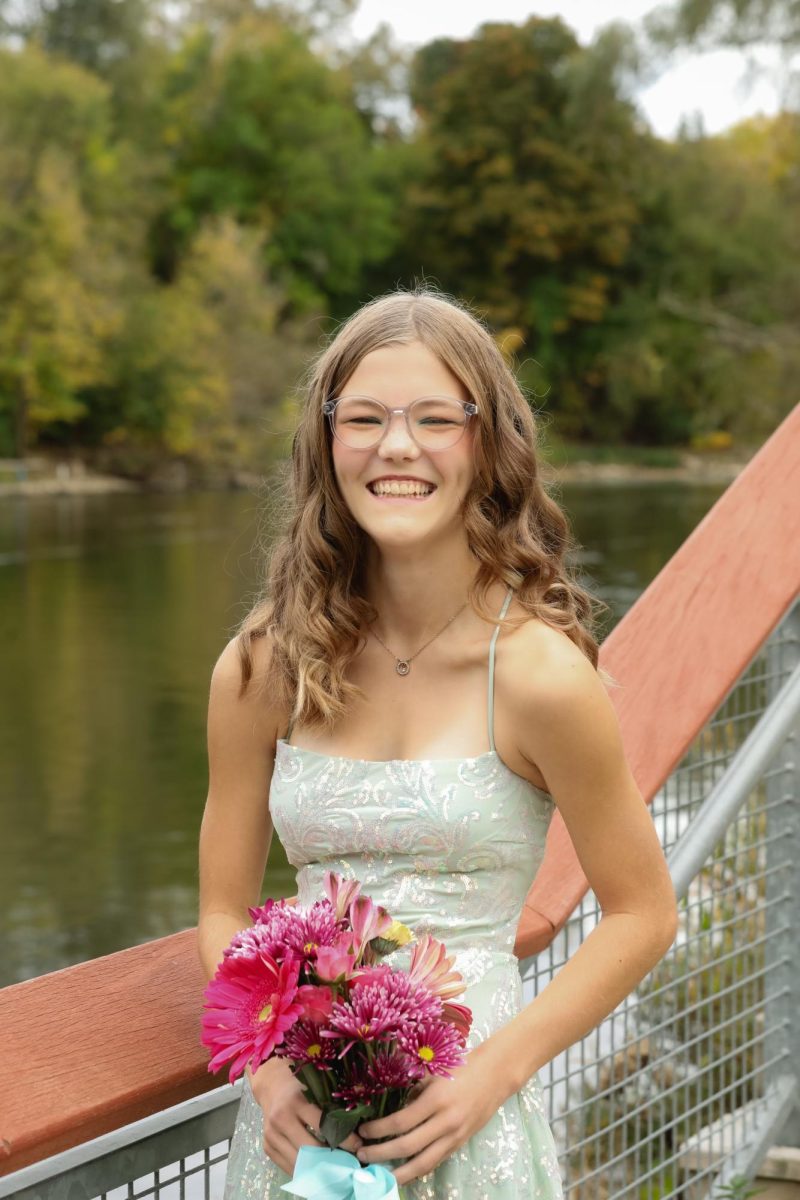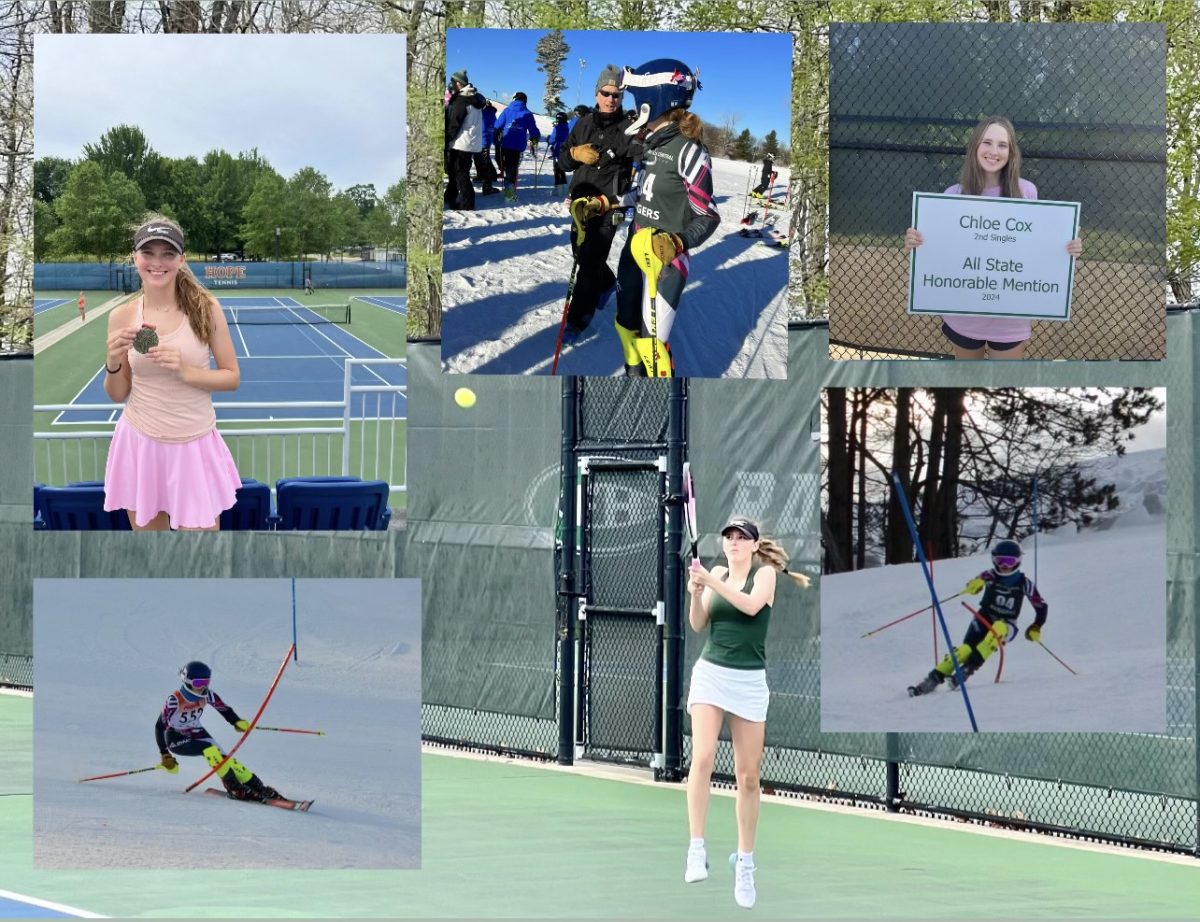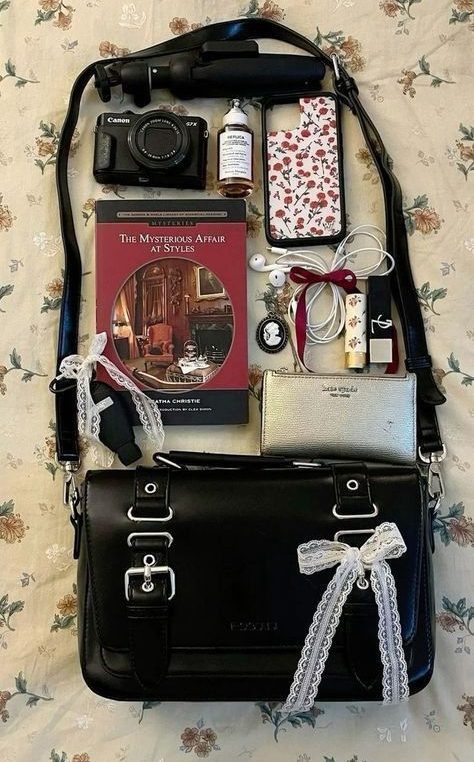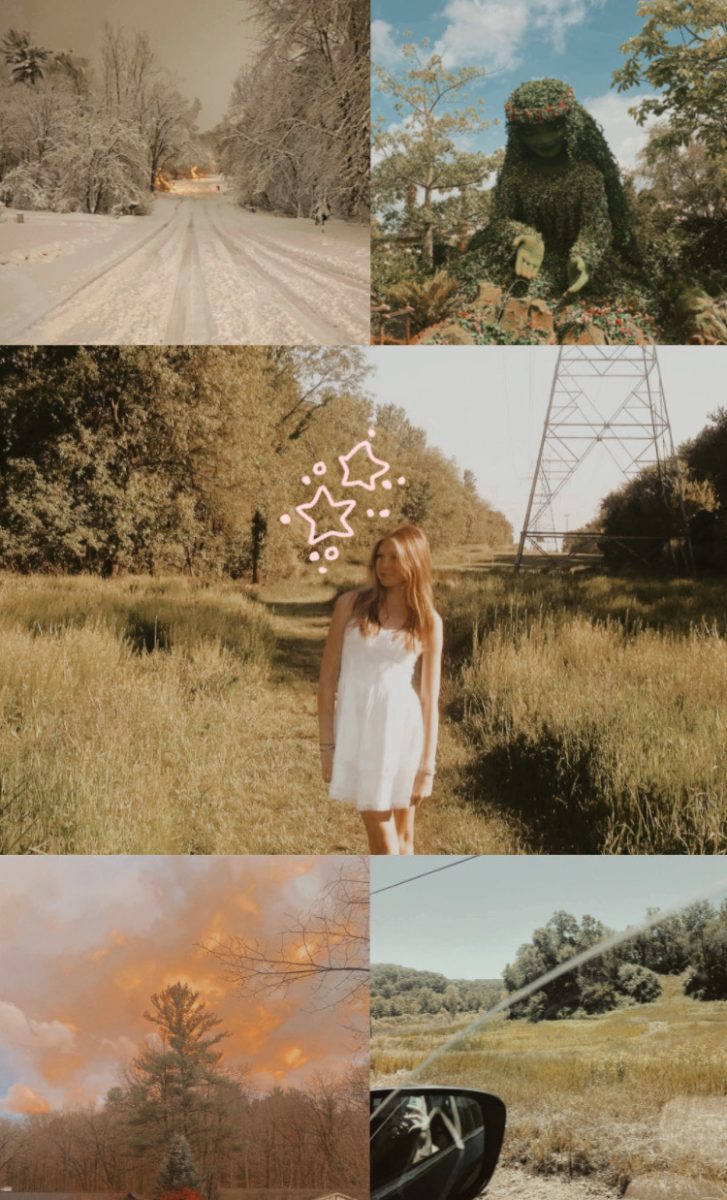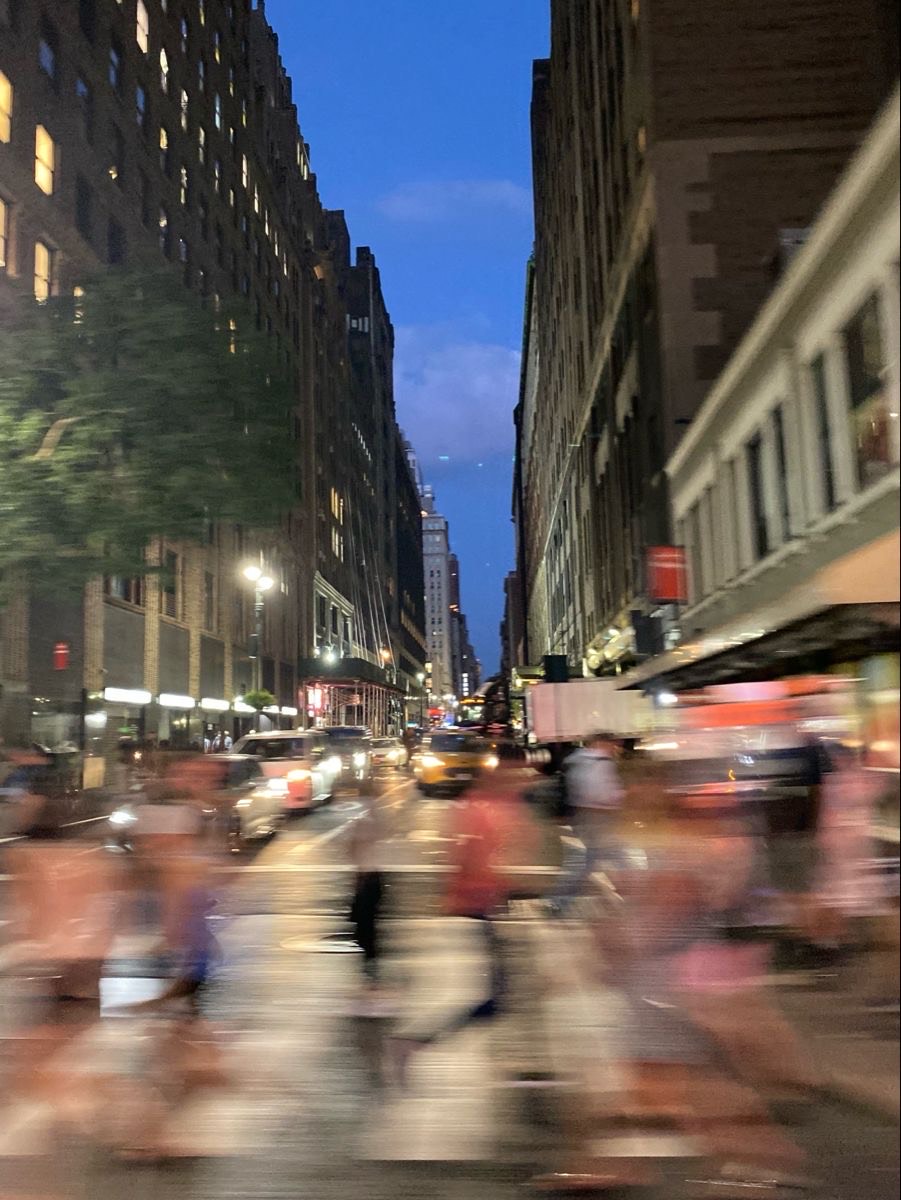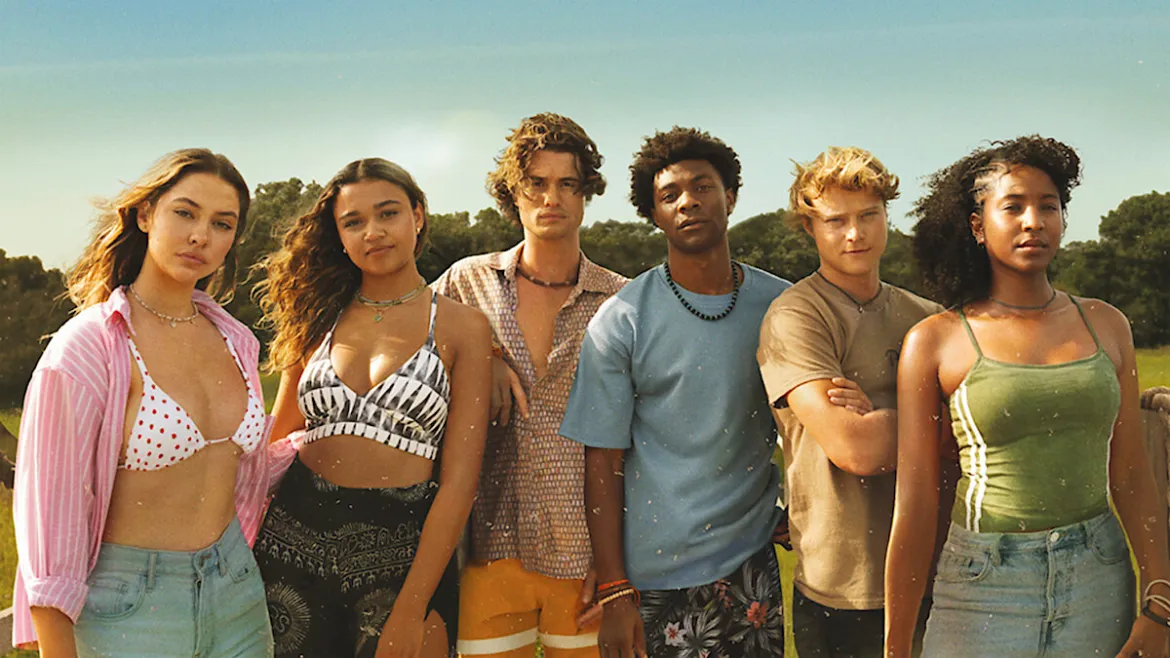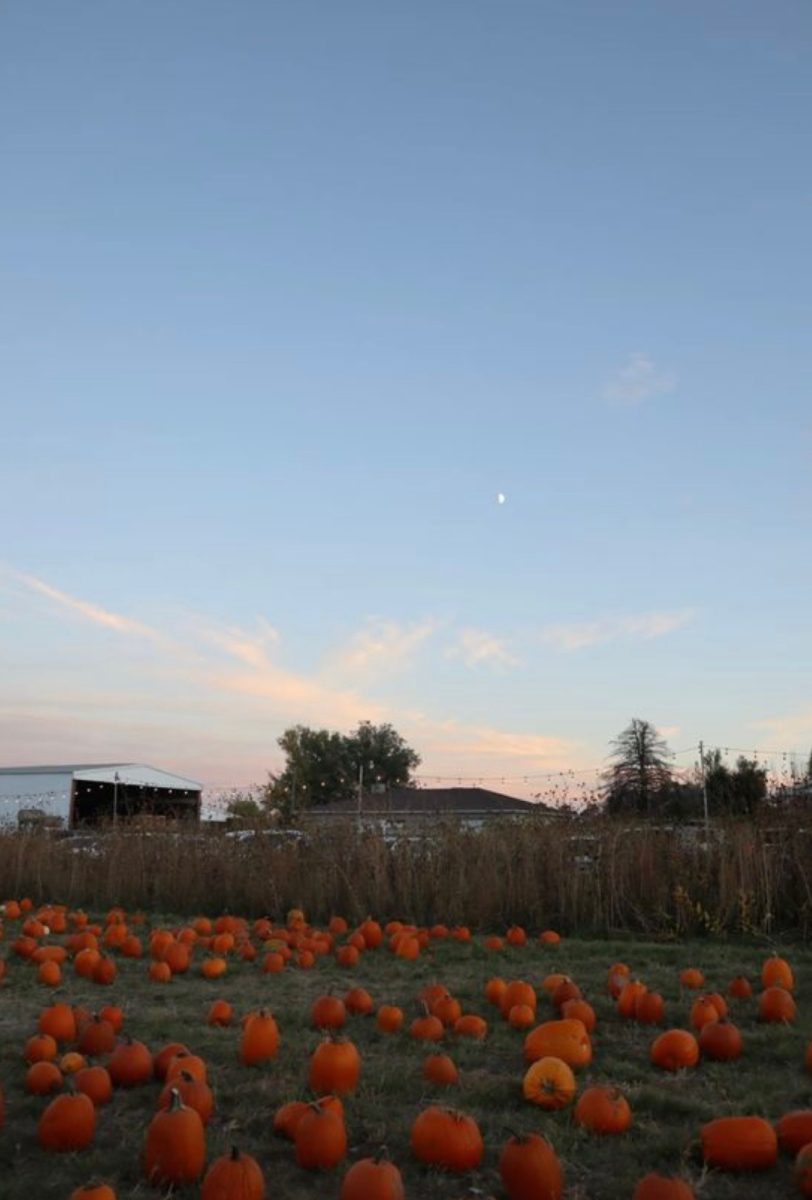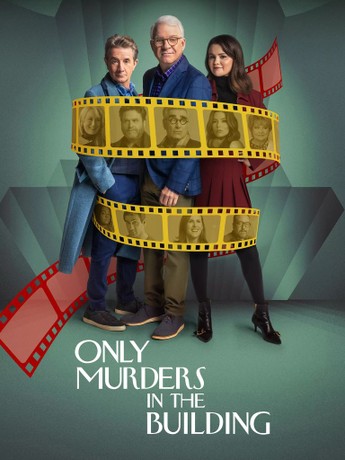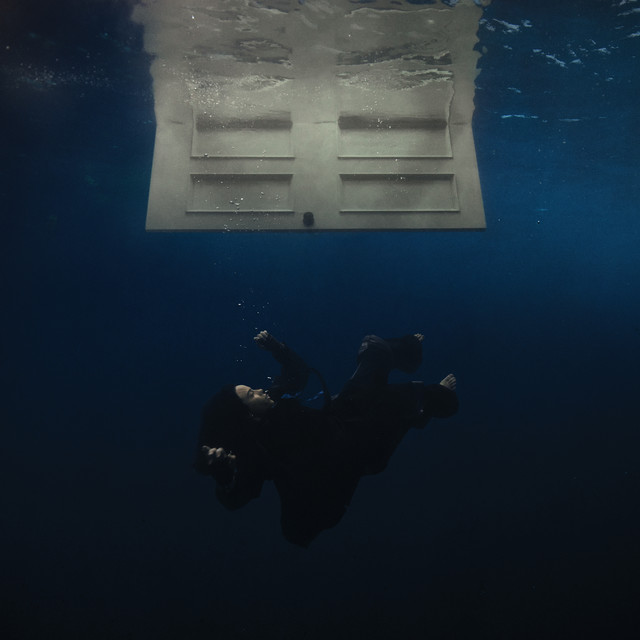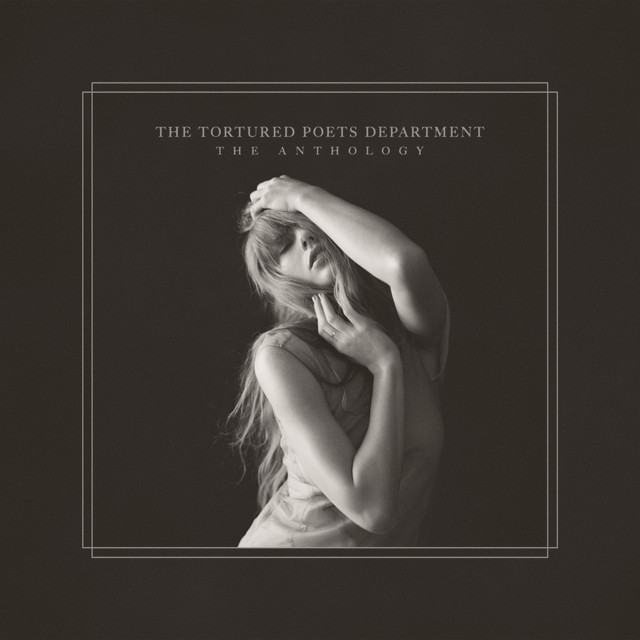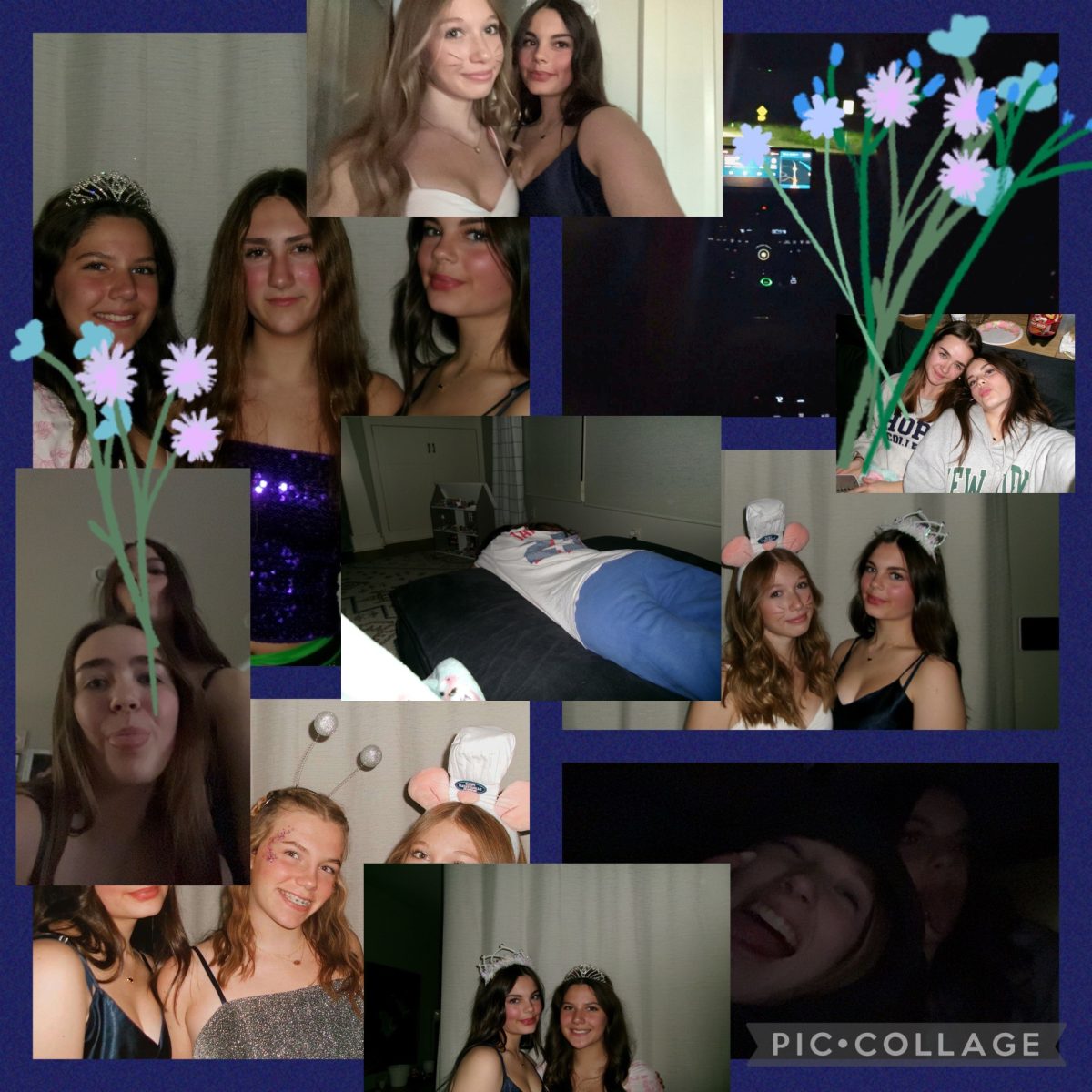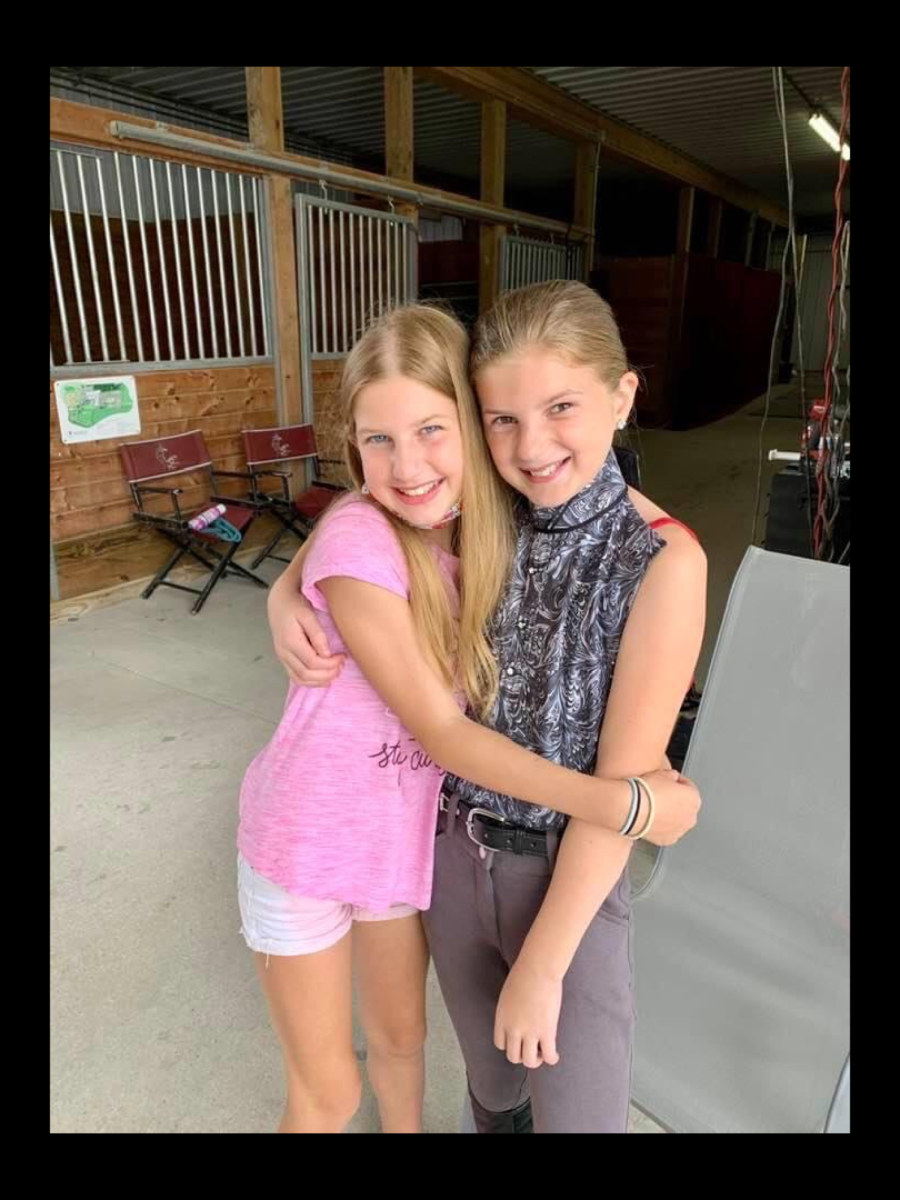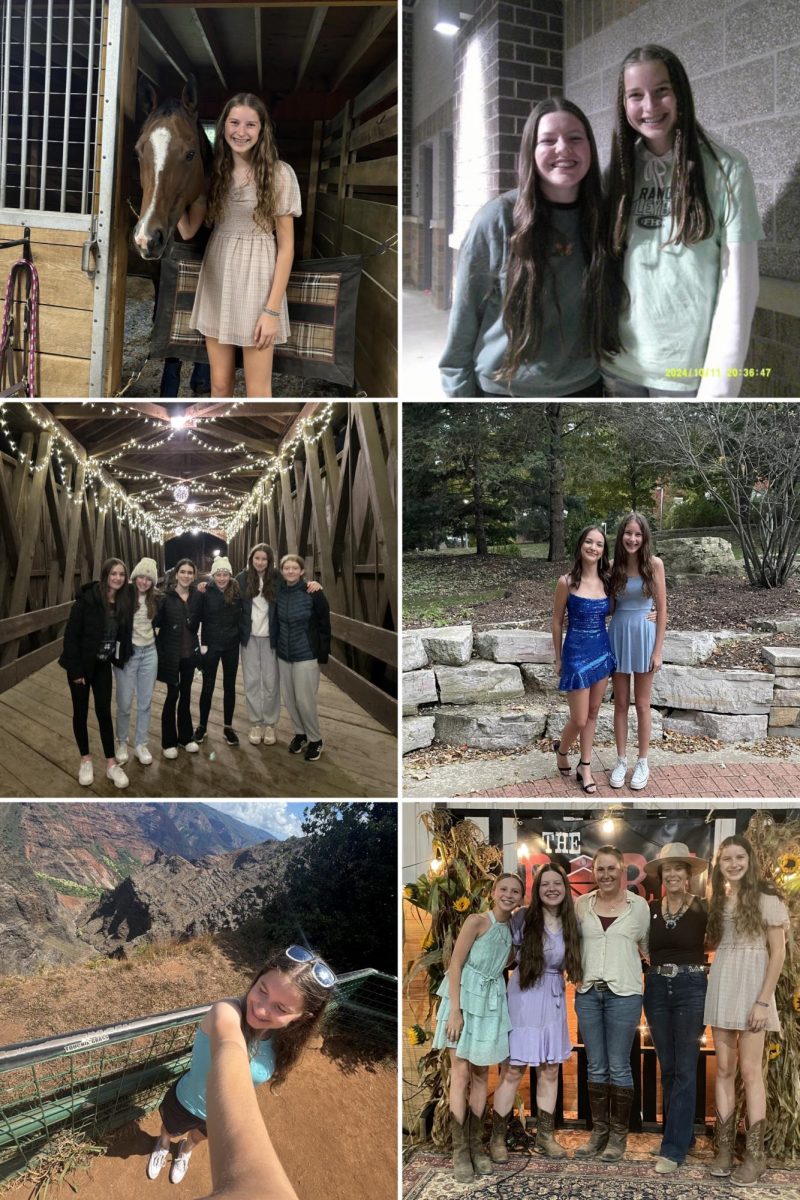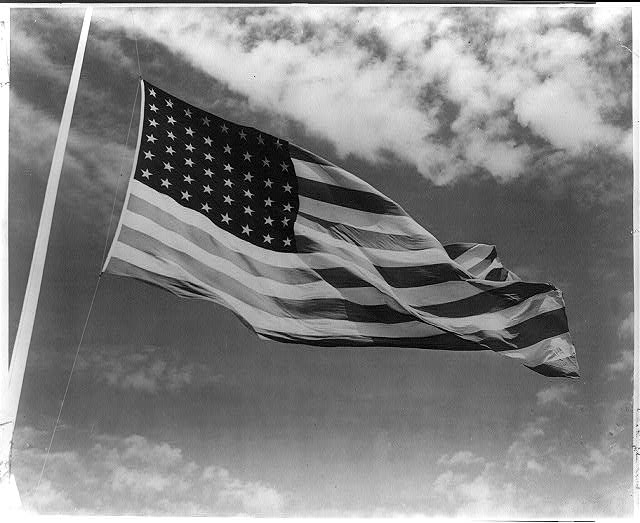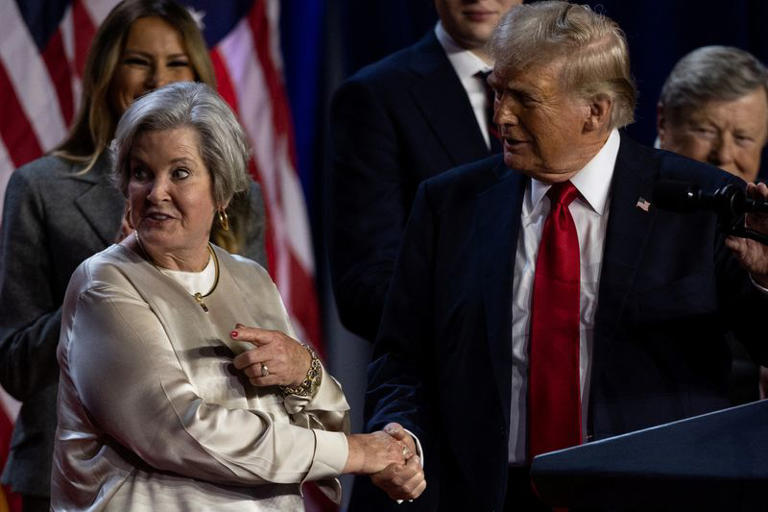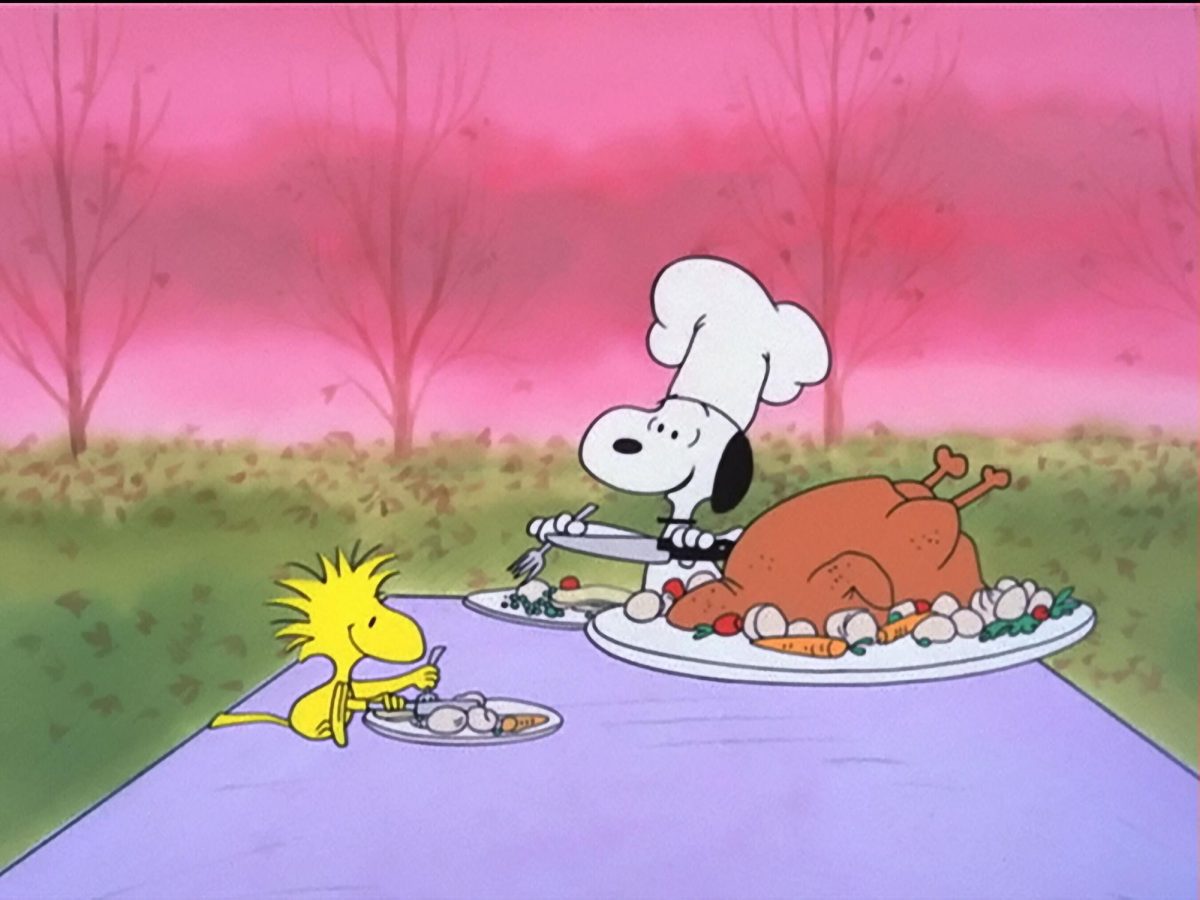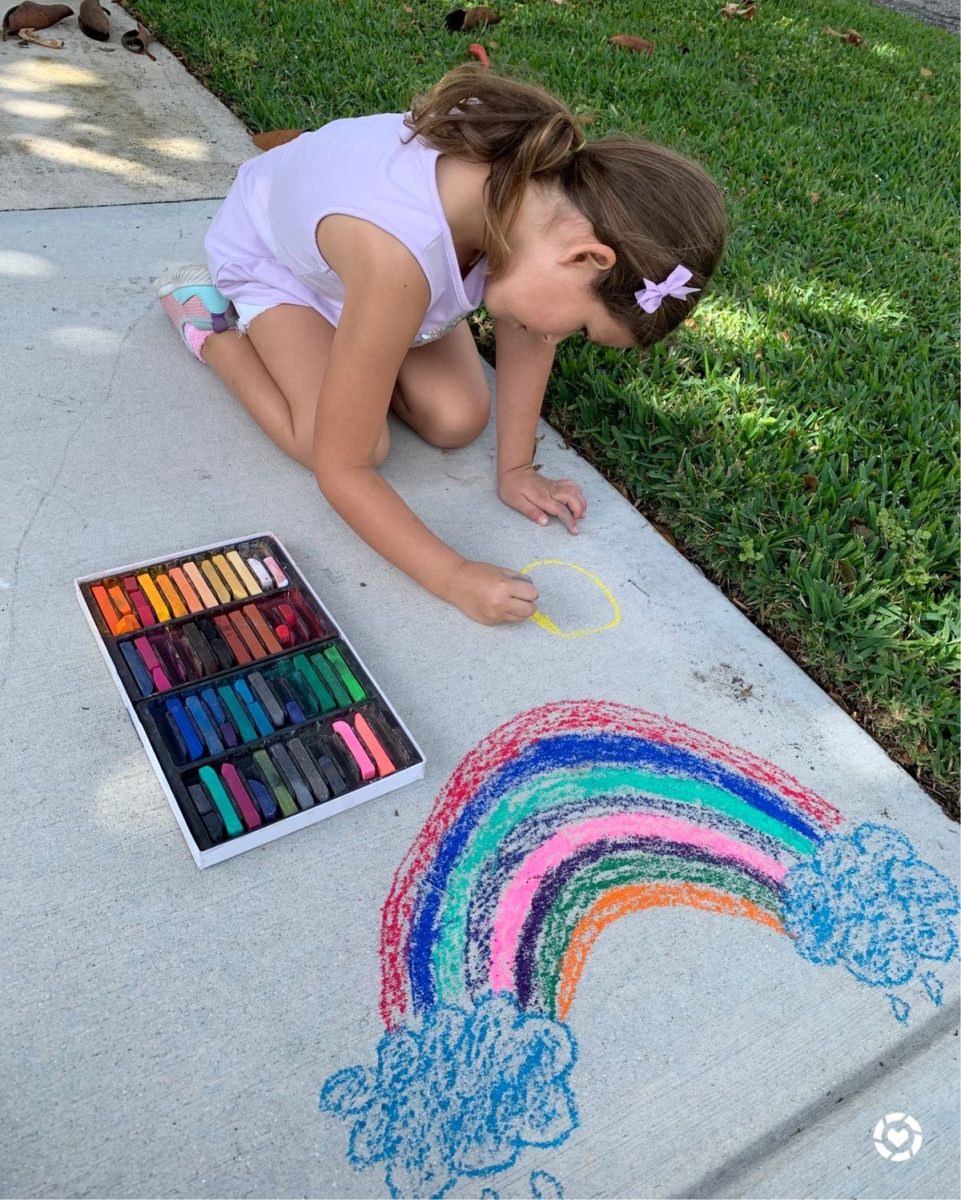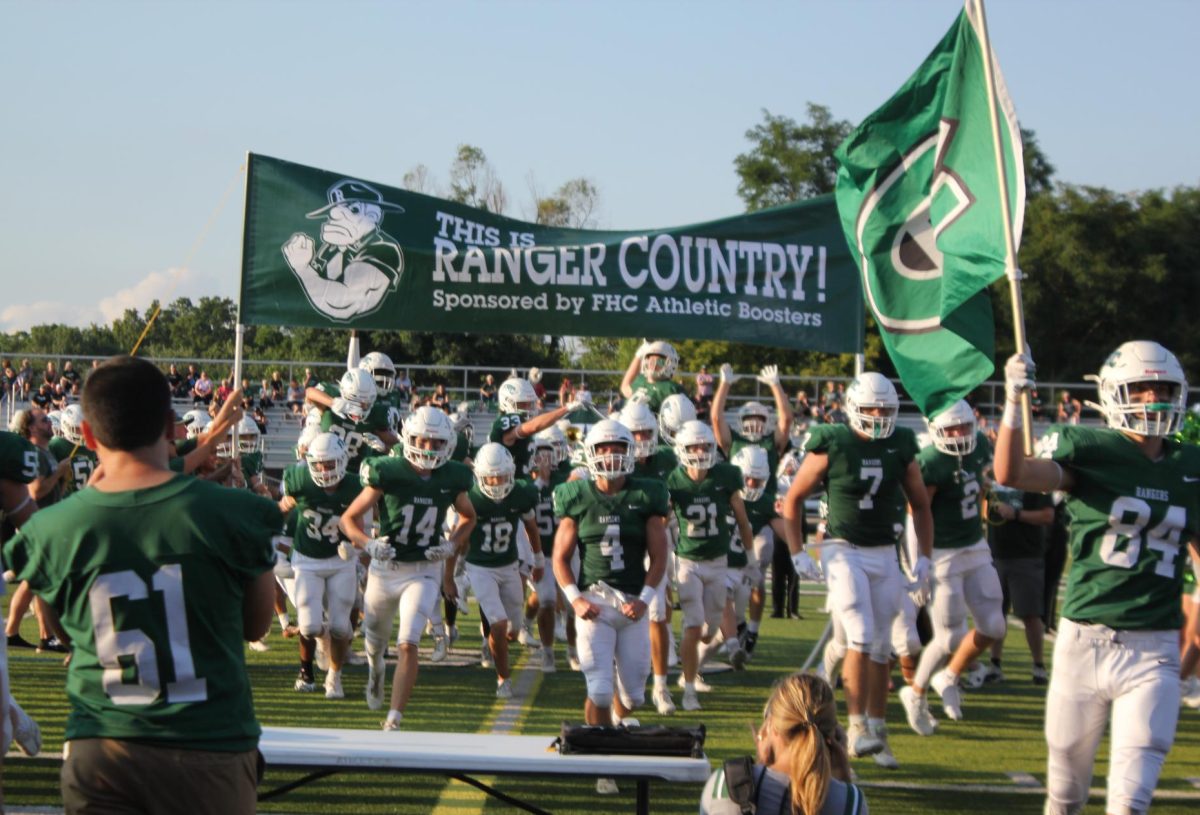The seesaw is fronting a balanced act
A mist of laden grey engulfs the open land, applying a vain vignette to the surroundings.
Wrapping the clouds around it all like bandages, the mist embalms the ground and its barren contents. The land entails this mummification; impoverished for too long, it sits within the mist, waiting.
It waits for people—untroubled, radiant, and eager—to traverse through the lot to enjoy what it has to offer. It waits for tireless toddlers to rush to its swings. It waits for bold, madcap kids to cross its jungle gym. It waits for the families to return, for it serves no purpose as an idle, insignificant playground.
This unrelenting halt seems absurd to bystanders as their heads fill with artless ghost stories, explicitly passed on from one person to the next in a successful attempt to deter visitors.
Yet the playground painfully persists through the jarring rumors.
Stemming from the faint groans of the unsuspecting seesaw, the playground hopes for children to return, for the seesaw to move from buoyant feet pushing off the ground instead of strong, polarizing winds; it uses this hope as fuel through the empty years.
Empty now in the empty years, the playground reflects on the time where color and jovial vibrancy littered the lot. Just a decade before—just a handful of distant years that were so close in reach—this hope was a relished reality.
That decade before hosted lustrous, shimmering smiles of bubbly children. Every piece of equipment ranging from swings to tire structures had little ones jumping, clamoring, and enjoying every second that the playground could provide. Just built, new, shining equipment specially designed for the area, the playground had attracted flocks of people.
An aura of golden joy encapsulated the lot, feeding off the happiness it could provide. Using the seesaw as the balance of it all—a symbol of two factors in equilibrium within the youthful chaos—the playground stabilized its maintenance with what it could give, always offering the most without tiring.
The kids cherished it.
Seeing how much the community congregated on top of the mulch, meticulously laid that year, that aura remained; juvenile joy had filled every missing piece of the playground.
Triumphantly, the playground sat complacently; satisfied with all it had to offer, it had let its guard down for one salient second, and that’s all it took.
It was in that second that the children grew, and they changed. Their interests had shifted like an unpredictable storm as childhood seemed to escape the playground’s grasp quicker and quicker, leaving it searching for an answer.
In a desperate attempt to reach out to the fleeting flock it once easily attracted, the playground adjusted the sacred seesaw. Unknowingly alluding to its demise, it extended its hours and added on. Constantly undergoing strenuous construction, any means became plausible to the lot if the only goal it had could be reached: keeping this happiness.
This fleeting feeling could not be kept, for as the years passed and the playground expanded and continuously tried and tried, the people trickled out like water. Denial raced through the playground in the beginning; blaming itself, it wore down in an agonizingly slow manner.
Leisurely, the children left the swings, the slides, and the monkey bars as if they were used up, left for another as that golden aura furiously fled.
Now, without an aura, without the chatter and laughter of youth and joy, the mist replaces the lack of bodies after years had added up. Rust populated the equipment, signifying a lot of use with age.
And the seesaw sat in the back, weighed down from years of tirelessly trying for others, unbalanced for the bystanders to question.

Lynlee is a senior and is starting her final year in the midst of all this COVID-19 chaos, which is fitting for her strange luck. Room 139—home to The...








